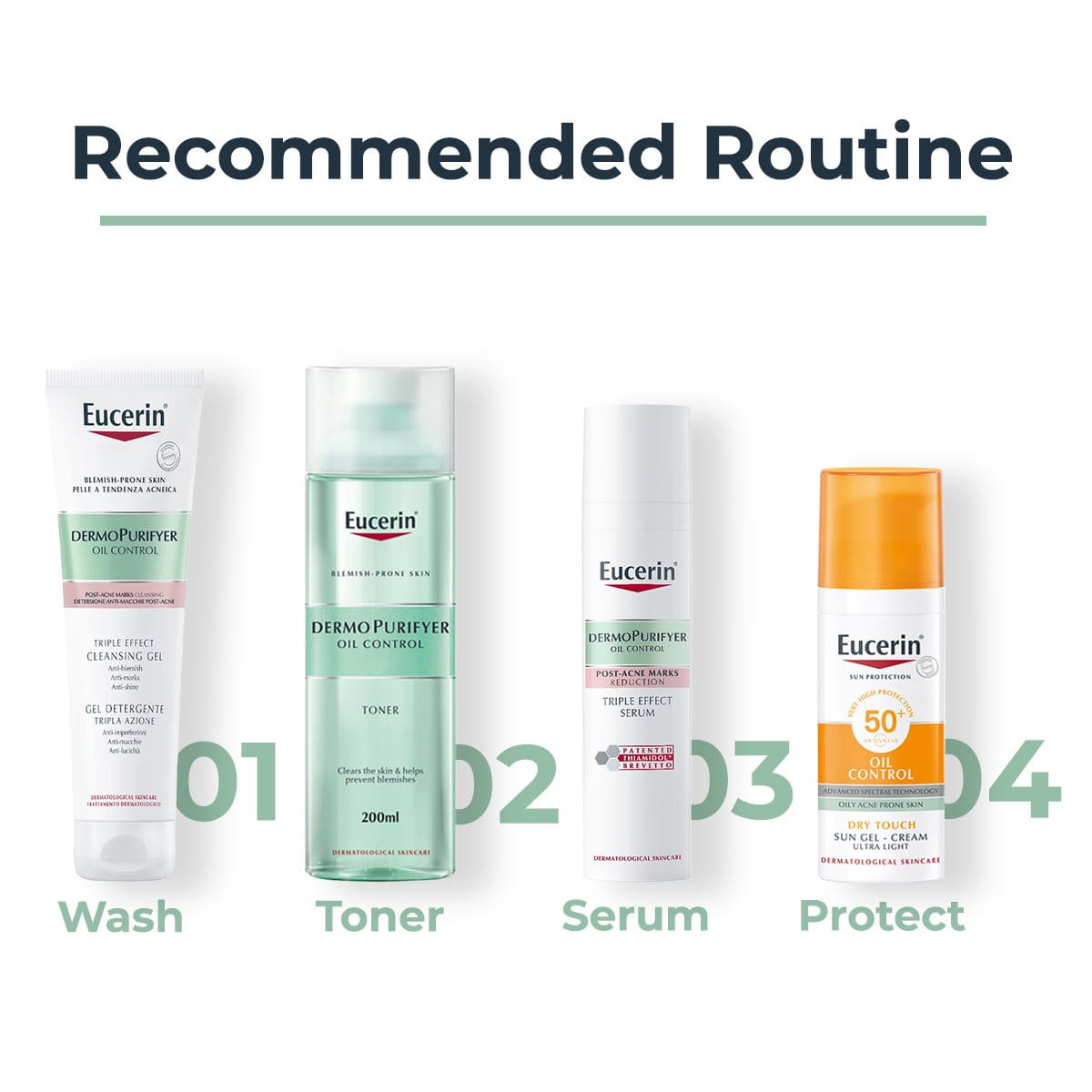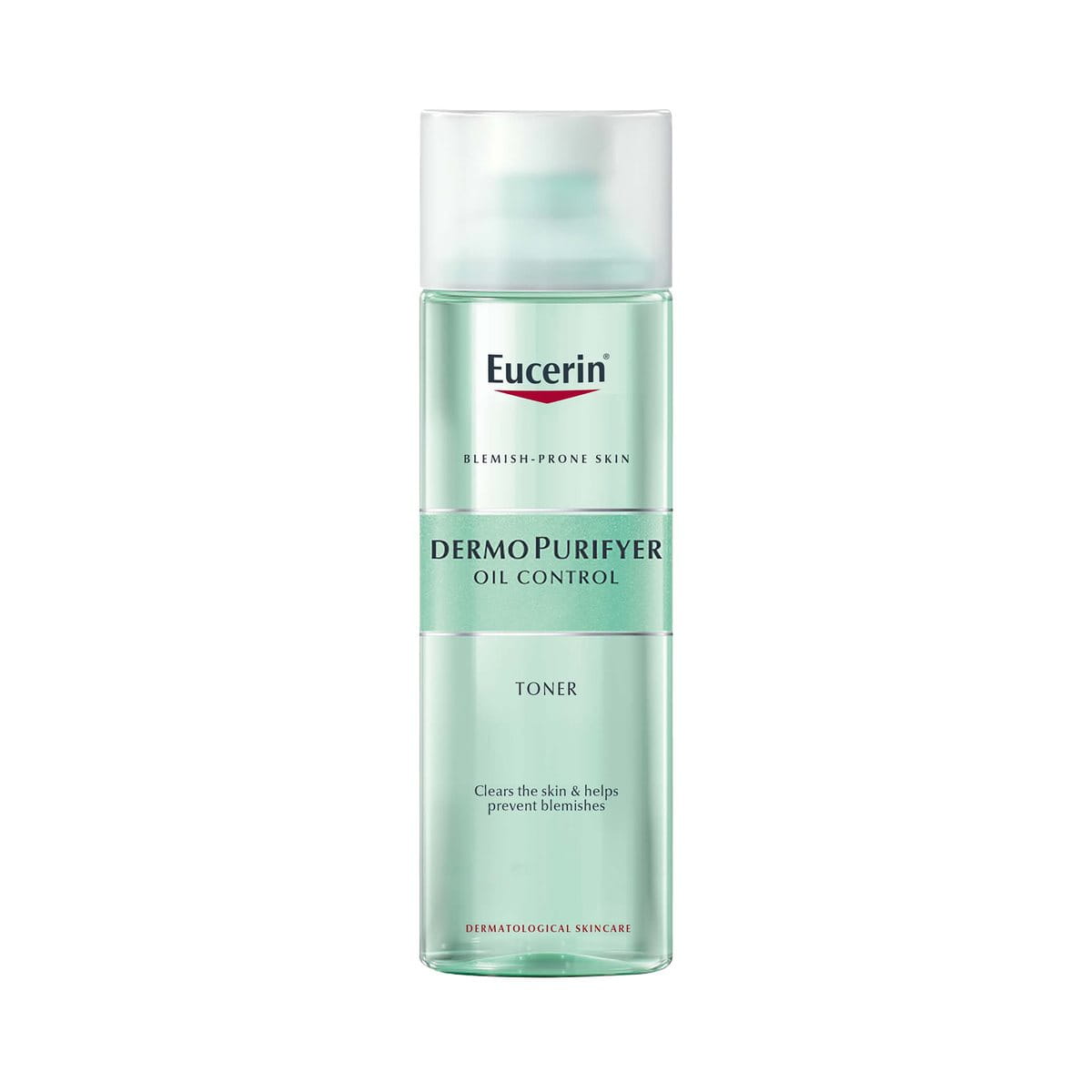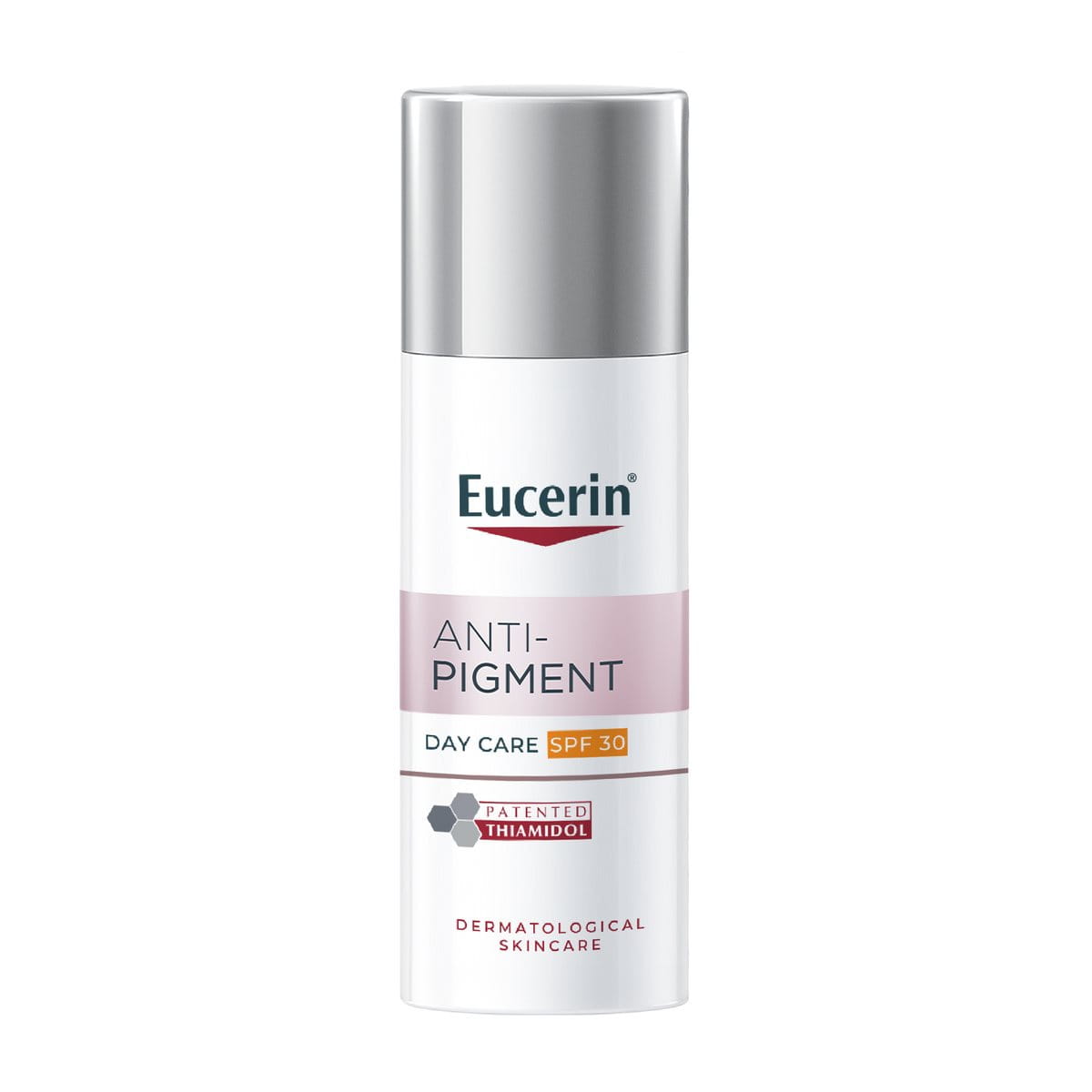We all know what oily skin is, more often than not through experience. Shiny skin, clogged pores, comedones, and a greasy T-zone (forehead, nose, and chin) characterise this skin type. However, understanding the reasons for oily skin and the right skin care routine for oily skin can help you achieve balanced and healthy skin.
Keynotes:
- Oily skin is caused by excessive sebum production, which could happen due to genetics, hormonal fluctuations, or harsh skincare habits.
- Oily skin shows up as a shiny T-zone, enlarged pores, and frequent makeup breakdown.
- A proper skincare routine, with cleansing, toning, serums, moisturising, and sunscreen, can help manage oiliness without over-drying.
- Key ingredients like salicylic acid, niacinamide, and hyaluronic acid help control sebum and add balance to oily skin.






